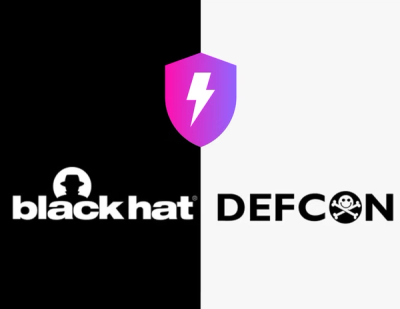
Security News
Meet Socket at Black Hat and DEF CON 2025 in Las Vegas
Meet Socket at Black Hat & DEF CON 2025 for 1:1s, insider security talks at Allegiant Stadium, and a private dinner with top minds in software supply chain security.
Cross platform VR input capabilities. For desktop, mobile, Cardboard, Daydream and Vive.
Ray Input is a JavaScript library that provides an input abstraction for interacting with 3D VR content in the browser. It supports a variety of environments: desktop, mobile, and VR. In VR mode, behavior depends on if there's a motion controller, and whether the controller has positional tracking in addition to orientation tracking. For a higher level description of the library, see sane defaults for VR input.
Ray.js depends on THREE.js. You register interactive objects with Ray.js and subscribe to events on those objects. Events include:
raydown: an object is activated (eg. clicked)rayup: an object is deactivated (eg. finger lifted)raycancel: something stops activation (eg. you mouse-scroll to look around)rayover: an object is selected (eg. hovered on, looked at)rayout: an object is no longer selected (eg. blurred, looked away from)Get the module from npm:
npm install ray-input
Then, in your code, import the ES6 module:
import RayInput from 'ray-input'
You can also use require.js:
require('./ray-input')
Or you can use the script standalone, but you may need to use new RayInput.default():
<script src="build/ray.min.js"></script>
How to instantiate the input library:
// Here, camera is an instance of THREE.Camera,
// If second HTMLElement arg is provided, it will be addEventListener'ed.
var input = new RayInput(camera, renderer.domElement);
How to register objects that can be interacted with:
input.add(object);
// Register a callback whenever an object is acted on.
input.on('raydown', (opt_mesh) => {
// Called when an object was activated. If there is a selected object,
// opt_mesh is that object.
});
// Register a callback when an object is selected.
input.on('rayover', (mesh) => {
// Called when an object was selected.
});
How to unregister objects so that they can't be interacted with:
input.remove(object);
How to set basic attributes on the input system:.
// Sets the size of the input surface for ray casting. Generally this is
// the same as the renderer.domElement.
input.setSize(renderer.getSize());
// Update the input system in a game loop.
input.update();
Open to pull requests that allow customization. Ideas include:
rayout, while the foreground gets a rayover.FAQs
Cross platform VR input capabilities. For desktop, mobile, Cardboard, Daydream and Vive.
The npm package ray-input receives a total of 0 weekly downloads. As such, ray-input popularity was classified as not popular.
We found that ray-input demonstrated a not healthy version release cadence and project activity because the last version was released a year ago. It has 1 open source maintainer collaborating on the project.
Did you know?

Socket for GitHub automatically highlights issues in each pull request and monitors the health of all your open source dependencies. Discover the contents of your packages and block harmful activity before you install or update your dependencies.

Security News
Meet Socket at Black Hat & DEF CON 2025 for 1:1s, insider security talks at Allegiant Stadium, and a private dinner with top minds in software supply chain security.

Security News
CAI is a new open source AI framework that automates penetration testing tasks like scanning and exploitation up to 3,600× faster than humans.

Security News
Deno 2.4 brings back bundling, improves dependency updates and telemetry, and makes the runtime more practical for real-world JavaScript projects.